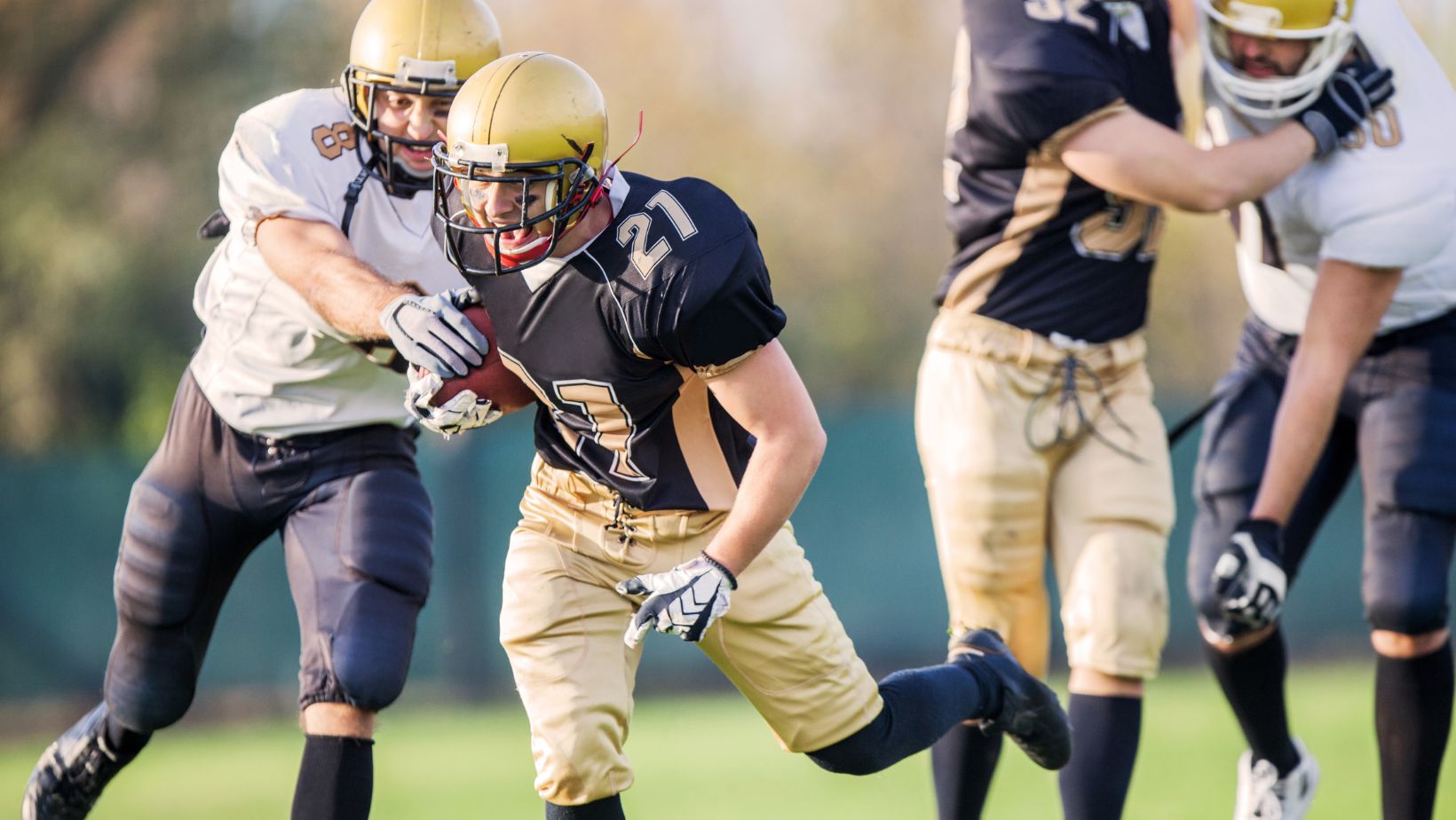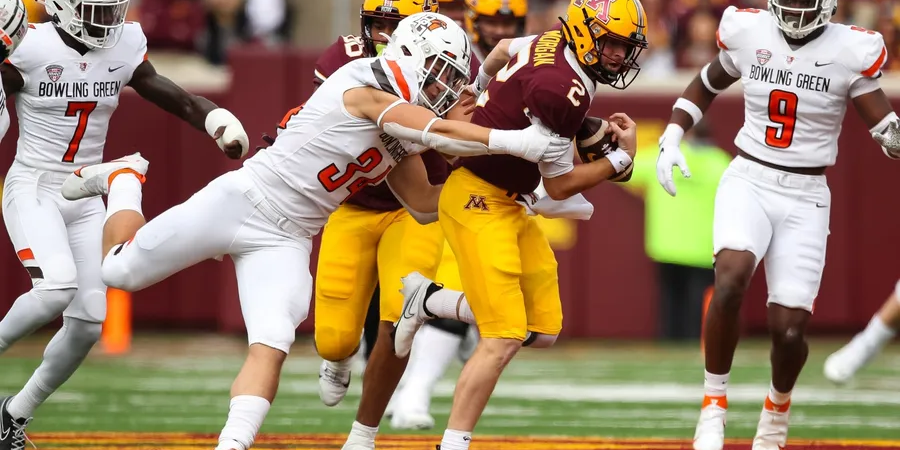College football, a sport woven into the fabric of American culture, has a rich and varied history dating back to its inception in the late 19th century. Its evolution parallels the country’s journey, reflecting societal changes and influencing them in equal measure. From its humble beginnings with rudimentary equipment and loosely defined rules, college football has grown into a multi-billion dollar industry, captivating millions of fans worldwide. This section will delve into the milestones that have marked this sport’s development and the key figures who have shaped its trajectory.
The Origins of College Football
The birth of college football can be traced back to November 6, 1869, when teams from Rutgers and Princeton Universities played what is widely regarded as the first American football game. The rules bore a closer resemblance to soccer than to the sport we know today. Each team consisted of 25 players, and the game was played without helmets or protective padding, making it a rough and physically demanding sport.
The game was played at Rutgers’ campus and ended in a 6-4 victory for the home team. This event marked the beginning of a sporting institution that would grow to become a fundamental part of American culture and tradition. The adoption of rugby-style rules from England in the following years, with innovations and adaptations, helped shape the sport into modern American football.
Key Figures in Early College Football
Walter Camp, often dubbed the “Father of American Football,” is a cornerstone figure in the early development of the sport. As a player at Yale in the late 1870s and later as a coach and rules committee member, Camp pioneered key changes that still define the game today, including the introduction of the line of scrimmage and the downs system.
Amos Alonzo Stagg, a contemporary of Camp, also made substantial contributions. Known for his innovation, Stagg introduced the man-in-motion technique and the huddle, both of which fundamentally changed the game’s strategy.

John Heisman, namesake of the Heisman Trophy, was another influential figure. He advocated for legalizing the forward pass, a transformational change that added a new dimension of excitement and complexity to the sport. Heisman’s efforts resulted in a more open, fast-paced game, making football more enjoyable for players and spectators alike.
The Evolution of The Game
As the 20th century unfolded, college football underwent significant transformations. Rule changes aimed at improving safety, such as the institution of the helmet and stricter penalties for dangerous plays, paralleled societal emphasis on risk mitigation and welfare. The forward pass, legalized in 1906, revolutionized the sport, shifting the focus from brute strength to strategy and skill. It reflected societal changes where innovation and cunning began to hold sway over raw power. Equipment also evolved, with leather helmets giving way to the hard-shell helmets of today, mirroring technological advancements in society at large. Simultaneously, the style of play underwent a seismic shift as the game embraced strategic complexity.
The rise of broadcast media in the mid-20th century amplified the sport’s reach and, subsequently, its influence. As television became a household staple, games were broadcast live to millions, intensifying the sport’s popularity and firmly embedding it within the social fabric. This media expansion mirrored the societal shift towards mass communication and global connectedness.
College Football Today: A Cultural And Economic Powerhouse
Today, college football stands as both a cultural icon and a significant economic entity. Its cultural value is seen in the unity it fosters among students, alumni, and locals, who gather in support of their teams, embodying a sense of community that transcends the sport itself.
The economic impact is equally profound. Universities reap substantial revenues from ticket sales, television contracts, and merchandise, which often fund other academic and athletic endeavors. The industry also generates thousands of jobs, bolstering local economies.

Furthermore, player recruitment and development have become major enterprises, underscoring the sport’s role as a launchpad for professional careers. Yet, the financial success and cultural resonance of college football also invite important discussions about athlete compensation and safety, making it a microcosm of broader societal debates.
Betting on college football, although controversial, has also added another dimension to the sport. As legal gambling continues to expand, it will undoubtedly have a significant impact on the landscape of college football and its culture. The FanDuel NCAAF odds are just one example of the growing presence of sports betting in college football. As the sport continues to evolve, its cultural and economic impact will undoubtedly continue to shape and reflect society at large.


 By
By 








